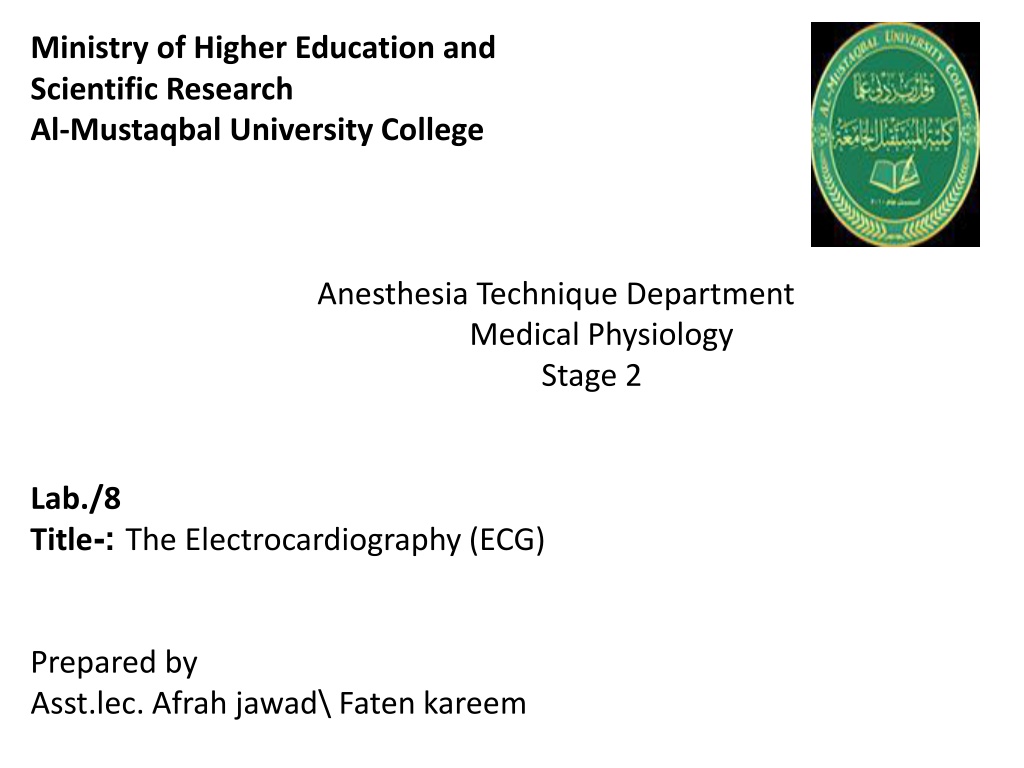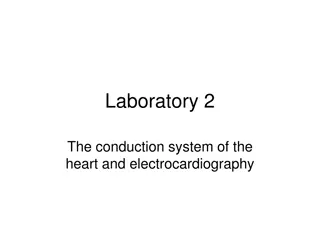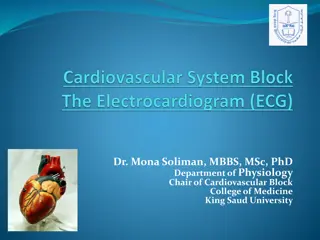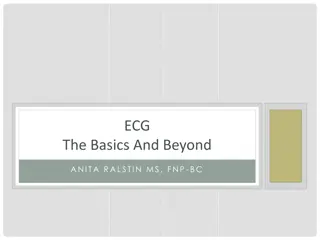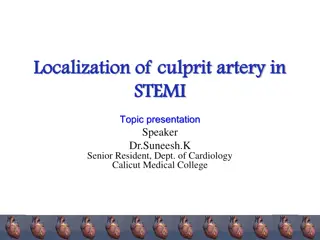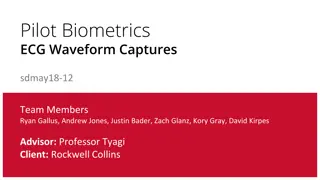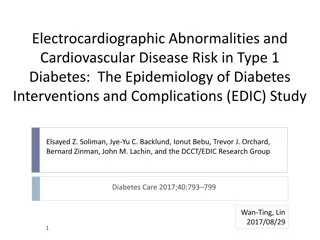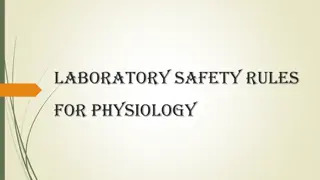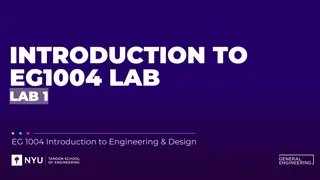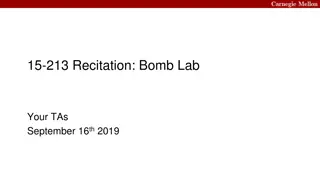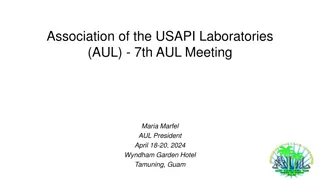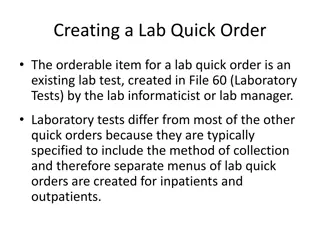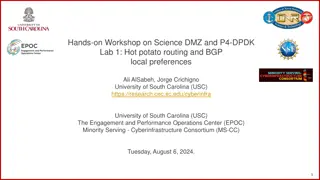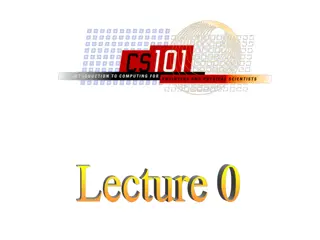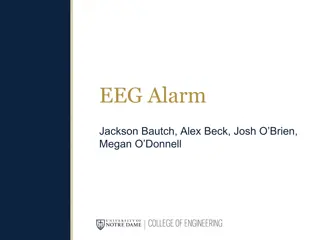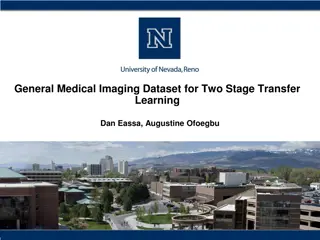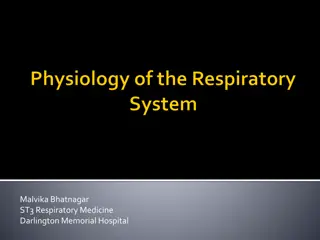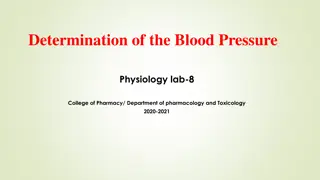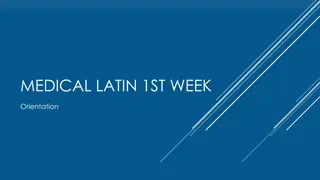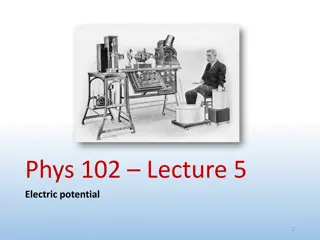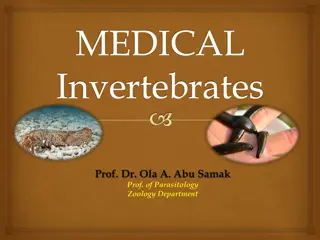Understanding Electrocardiography (ECG) in Medical Physiology Stage 2 Lab
Electrocardiography (ECG) is a vital tool for recording the electrical activities of the heart muscle. This process involves detecting depolarization and repolarization through various waves such as P-wave, QRS complex, and T-wave. Understanding ECG components like PR segment, ST segment, and U-wave helps in evaluating heart health. Electrodes and leads placement play a crucial role in acquiring accurate ECG readings. Additionally, measuring heart rate from ECG provides valuable information about cardiac function.
Download Presentation

Please find below an Image/Link to download the presentation.
The content on the website is provided AS IS for your information and personal use only. It may not be sold, licensed, or shared on other websites without obtaining consent from the author. Download presentation by click this link. If you encounter any issues during the download, it is possible that the publisher has removed the file from their server.
E N D
Presentation Transcript
Ministry of Higher Education and Scientific Research Al-Mustaqbal University College Anesthesia Technique Department Medical Physiology Stage 2 Lab./8 Title : - The Electrocardiography (ECG) Prepared by Asst.lec. Afrah jawad\ Faten kareem
ECG :- is a process of recording electrical activities ( depolarization and repolarization ) of whole heart muscle , electrical current spreads into the tissue surrounding the heart , a small of these spreads to the surface of the body. By surface recording electrode , electrical potentials generated can be recorded.
ECG is composed of :- 1-p wave:- represent of atrial depolarization , the voltage of p wave is 0.1 -0.3 mV 2- QRS complex wave:- represent of ventricular depolarization, the voltage of QRS is 1 mV. 3-T wave :- represent of ventricular repolarization, the voltage of T is 0.2-0.3 mV.
4- PR segment :- it is due to the delay in conduction through AV node 5-ST segment :- it is the segment from end of the S wave to the beginning of the T wave 6-Uwave :- is not constant finding, due to slow depolarization of papillary muscle
ECG electrodes Bipolar leads 1- lead 1 :- between right arm and left arm. 2-Lead 11 :- between right arm and left leg. 3-Lead 111 :- between left arm and left leg.
Unipolar limb leads AVR AVL AVF
Unipolar chest leads V1 ;at right 4th intercostal space V2;at left 4th intercostal space V3;at midway between V2 and V4 V4;at left 5th intercostal space in mid clavicular line V5,V6;at left anterior and mid axillary line respectively.
Measure heart rate from ECG At speed 25 mm/se ,ECG paper passes 25 mm (25 small squares) each second . 15000mm each minute (1500 small squares) Heart rate = 1500/number of small squares between two R waves.
